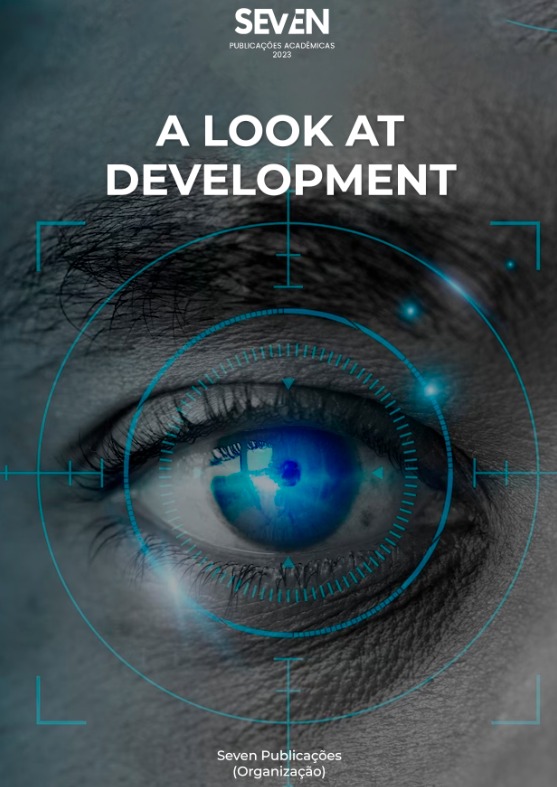Neonatal jaundice and breastfeeding
Palabras clave:
Neonatal jaundice, Breastfeeding, BilirubinResumen
Neonatal jaundice is defined by a yellowish discoloration of the skin, conjunctiva, and sclera due to elevated serum or plasma bilirubin in the neonatal period. In most newborns it is an ephemeral, low-severity event. This event can be triggered, for example, by ABO and Rh factor incompatibility, glucose-6-phosphate dehydrogenase (G6PD) deficiency, and immaturity of liver metabolism processes. However, breastfeeding-associated neonatal jaundice stems from two different mechanisms: the direct effect of mature human milk inducing increased intestinal reabsorption of bilirubin and jaundice resulting from inadequate intake of human milk.
Descargas
Publicado
Número
Sección
Licencia
Derechos de autor 2023 Bruna Kelly Rocha Barbosa , Carol Monique de Queiroz, Caroline Ribeiro de Macêdo, Danilo de Almeida França, Fernanda Gabrielle Pinto Salvador de Lima, Sabrina Gomes de Oliveira

Esta obra está bajo una licencia internacional Creative Commons Atribución-NoComercial 4.0.





